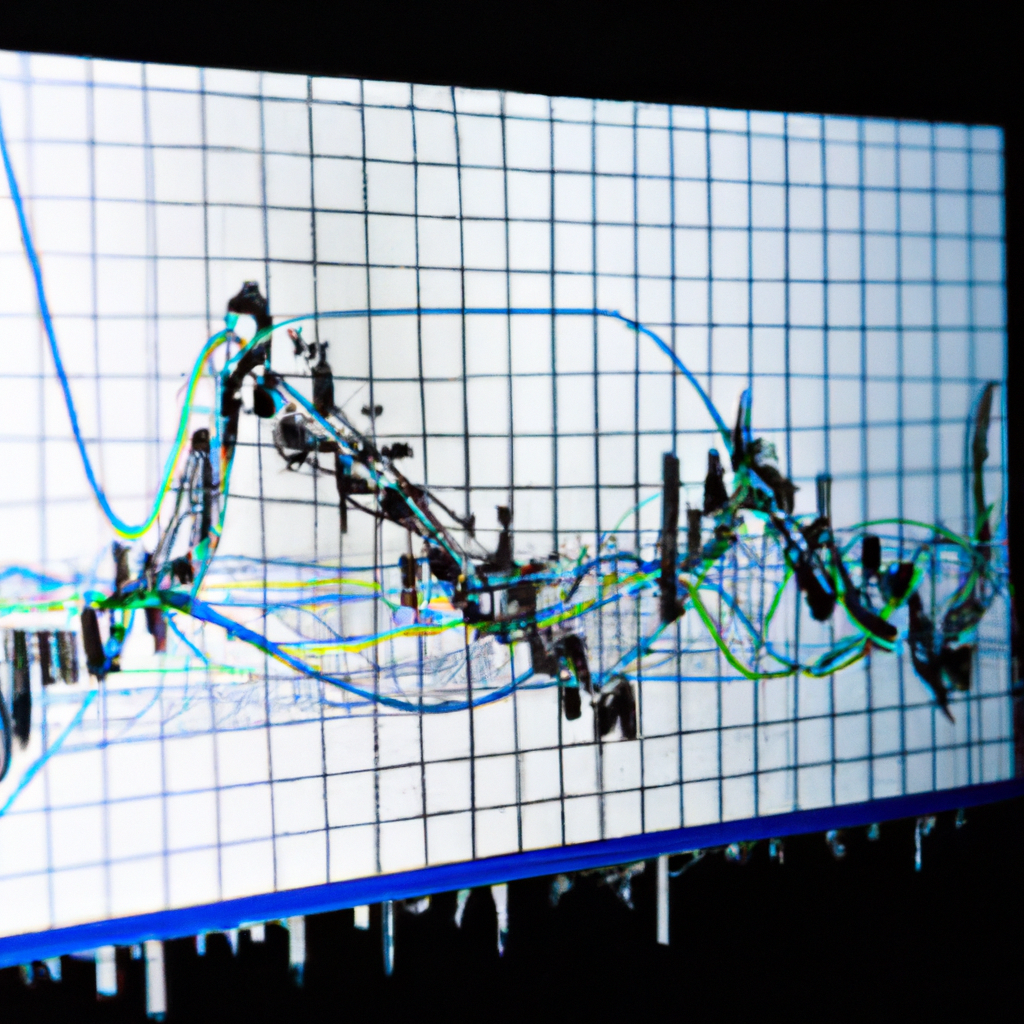Fractal Analysis in Trading: Unveiling the Patterns of Market Movements
Introduction
Fractal analysis is a powerful tool used by traders to identify and predict patterns in financial markets. This approach is based on the concept of fractals, which are self-repeating patterns found in nature and various other fields. By applying fractal analysis to trading, investors can gain insights into market behavior and make more informed decisions.
Understanding Fractals
Fractals are geometric shapes or patterns that exhibit self-similarity at different scales. In the context of trading, fractals refer to price patterns that repeat themselves on various timeframes. These patterns can be observed in charts, where price movements display similar structures regardless of the time period being analyzed.
Identifying Fractals in Trading
To identify fractals in trading, traders typically look for specific patterns, such as the “up fractal” and the “down fractal.” An up fractal occurs when a high point is surrounded by two lower highs on each side, indicating a potential reversal from an uptrend to a downtrend. Conversely, a down fractal forms when a low point is flanked by two higher lows, suggesting a potential reversal from a downtrend to an uptrend.
Applying Fractal Analysis in Trading
Fractal analysis can be used in various ways to inform trading decisions. Here are a few key applications:
1. Trend Identification: By identifying fractals, traders can determine the direction of the prevailing trend. This information is crucial for making informed decisions on entering or exiting positions.
2. Support and Resistance Levels: Fractals can also help identify significant support and resistance levels. Price levels where fractals occur repeatedly indicate areas where the market is likely to reverse or consolidate.
3. Stop Loss Placement: Traders can use fractals to place stop loss orders. By setting stop loss levels below up fractals in an uptrend or above down fractals in a downtrend, traders can protect themselves from significant losses.
4. Entry and Exit Points: Fractal analysis can assist in identifying optimal entry and exit points for trades. Traders may choose to enter a trade when a fractal pattern confirms a trend reversal, and exit when price reaches a significant fractal level.
Limitations and Considerations
While fractal analysis can provide valuable insights, it is important to consider its limitations and use it in conjunction with other technical indicators or fundamental analysis. Fractal patterns may sometimes be subjective, and false signals can occur. Therefore, it is essential to validate fractal signals with other tools to increase the accuracy of trading decisions.
Conclusion
Fractal analysis offers traders a unique perspective on market movements by uncovering patterns that repeat themselves across different timeframes. By incorporating fractal analysis into their trading strategies, investors can gain a deeper understanding of market trends, identify key levels, and make more informed trading decisions. However, it is important to remember that fractal analysis should be used in conjunction with other tools and techniques to maximize its effectiveness.

